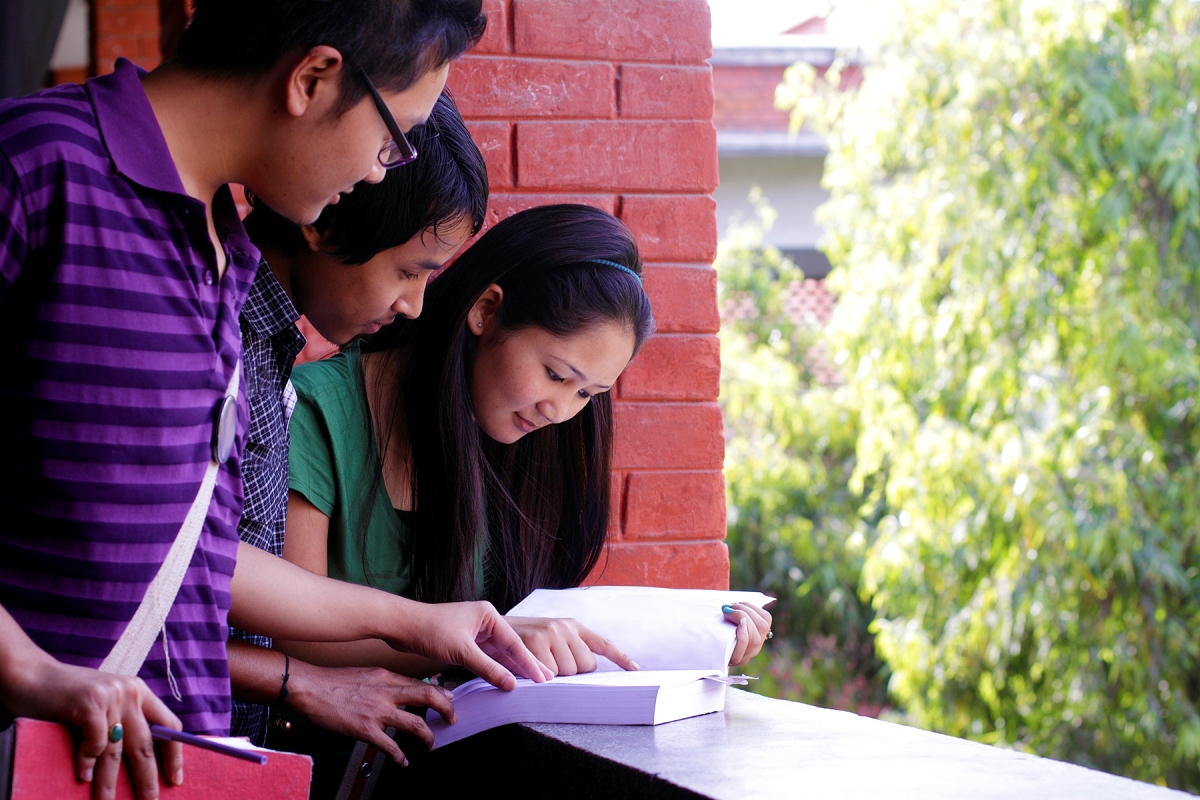The issue of students’ safety perhaps figures low down the priority list when parents think of sending their children for higher education either to some nearby state within the country or even abroad. In the frenzy of celebration after cracking a tough admission procedure or gloating over the erstwhile high-school academic success, the primary stakeholders are often preoccupied with the romantic lure of actualising their future career goals and aspirations rather than taking stock of the impending challenging reality.
The predominant concerns for most students and parents include choice of a reputed educational institute or university for higher education; arrangement of funding for pursuit of their coveted course or arrangement of educational loans; finding affordable accommodation; deep concern for commensurate academic performance and subsequently, the enticement of lucrative placements following completion of the course.
Advertisement
Amidst these natural genuine concerns, what frequently gets overlooked is the fundamental issue of safety and security of the student leaving home, often for the first time. While safety and security can never be guaranteed entirely, what needs to be ensured is that proper checks and balances are in place to ward off potential hazards.
The recent spate of tragedies in Jadavpur University and other premier academic institutes across the country definitely call for soul searching among all stakeholders in the field of higher education. Unfortunately, the issue of student safety and security often seems to be sadly compromised by all stakeholders: campus authorities, student unions, teachers, students and even parents themselves. In this context, it is imperative to remember that both students and parents should be extremely careful in deciding on their choice of institute for higher education.
Leaving home for an outstation destination has its own share of stress for the pupil. Leaving the familiar comfort, amenities and safety of home often registers a few days after commencement of hostel life or shared accommodation in the new city. While some students may be temperamentally well adjusted to the change of place, others may take a lot of time to settle down.
Homesickness in the initial stages may be debilitating and crippling for many students of higher education. In this context, what is desirable is adequate preparation in advance in anticipation of the impending stress.
Crucial life skills and survival strategies can’t be inculcated overnight. The drilling process should be initiated at the high school stage keeping in mind the harsh reality of surviving and enduring the journey of higher education. If affordable, parents can consider an extended stay during the initial period to facilitate the process of acclimatization of the student in the new city.
However, this may not always be feasible in case of students journeying abroad. For them the initial period that is naturally fraught with anxiety and apprehension may be ameliorated in the company of friends and acquaintances from similar cultural backgrounds. It is imperative for such students to stay in touch with their near ones through video calls and other forms of social media.
Most universities abroad are well equipped with counselling services. If required, students should immediately avail of such aid without any inhibitions or inordinate delay. Adjusting to a different cultural milieu also takes a substantial period of time. A little bit of preparation in this regard beforehand may facilitate the task of gradual acclimatization.
For students pursuing higher education within the country, it is also important to choose an institute with a proper support system for new students. Besides proper adherence to the prescribed UGC guidelines, new students should ensure that their chosen institute offers proper counselling services through a well-trained psychological support group of psychiatrists, psychologists and other volunteers.
The mental well-being of the student is of paramount importance, especially in the early period of initiation at the new chosen institute or university. Under no circumstance should this aspect of health be neglected or overlooked. Also, strict adherence to the prescribed UGC guidelines, especially as regards anti-ragging measures coupled with CCTV surveillance of the campus, should be absolute pre-requisites while choosing any institute of higher education. Unfortunately, these aspects are not given due consideration by students and parents while deciding on the institute. Sadly, ragging today has become a norm rather than an exception in contemporary India.
The scourge of ragging has made newcomers to institutes of higher education more vulnerable to mental trauma and agony. While some have to cope with life-long psychological scars, others, overwhelmed by the bleak circumstances, either take their lives or succumb to the irrational torture of the perpetrators. What makes the scourge of ragging ominous in our present circumstances is the element of chronic fear and silence that engulfs victims of the tragic ordeal. Often survivors prefer silence to narration of their plight or exposure of the perpetrators to the concerned authorities.
If media reports are to be believed, institutes too in several cases resort to under-reporting of such incidents on campus. As was witnessed in the case of the recent tragic death of Swapnadeep Kundu of Jadavpur University, a great deal of effort is often directed by the perpetrators to conceal the incident from the public gaze.
Political clout, absence of surveillance, lacklustre monitoring and absence of support system further exacerbate the plight of the victims. Looking back at the past three decades, the list of multiple victims of ragging cry for justice: nineteen-year-old Pon Navarasu (a student of Rajah Muthiah Medical College, Tamil Nadu), whose dismembered body was found in 1996; nineteen-year-old Aman Satya Kachroo’s succumbing to torture at Dr Rajendra Prasad Medical College in Himachal Pradesh 2009, and the death of Akash, a twenty-year-old pharmacy student from the Calcutta Institute of Pharmaceutical Technology in 2014. The list is endless.
The gravity of the situation can be ascertained from the fact that reporting of such incidents of ragging or hazing has multiplied several times according to the UGC anti ragging cell. In spite of the stringent laws, and due to the lackadaisical attitude of the authorities, ragging continues to flourish in numerous institutes of higher education right across the country. Nocturnal vigilance is of paramount importance, as in most reported cases, perpetrators under the spell of drugs or alcohol inflict the most inhuman atrocities on vulnerable juniors.
If past reports are to be believed these range from criminal intimidation, obscenity to physical harm and torture. Deprived of their cell phones during the ordeal, in most cases victims fail to record evidence or reach out for help, and the perpetrators go scot-free even after initial detentions. In the given circumstances, authorities must consider proactive anti-ragging squads on the campus, with all stakeholders being well represented in the group.
True success lies in genuine concern and earnest willingness to implement ameliorative measures with pressing urgency and sincerity. Only then perhaps we will manage to save precious young lives on campus
(The writer is currently Associate Professor and Head, Department of English, St Xavier’s College (Autonomous), Kolkata, Calcutta University)











